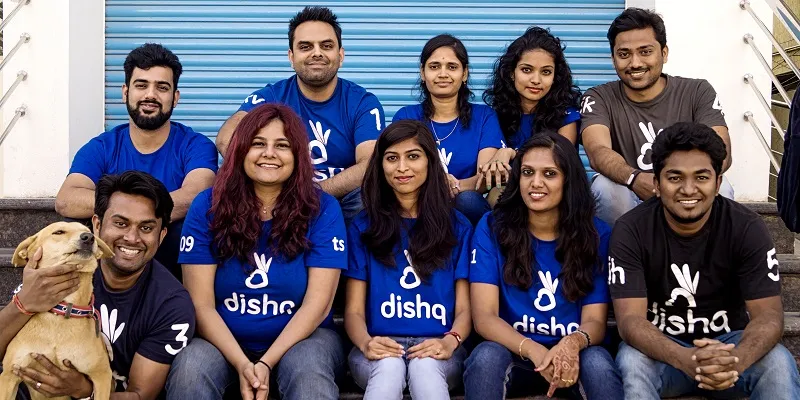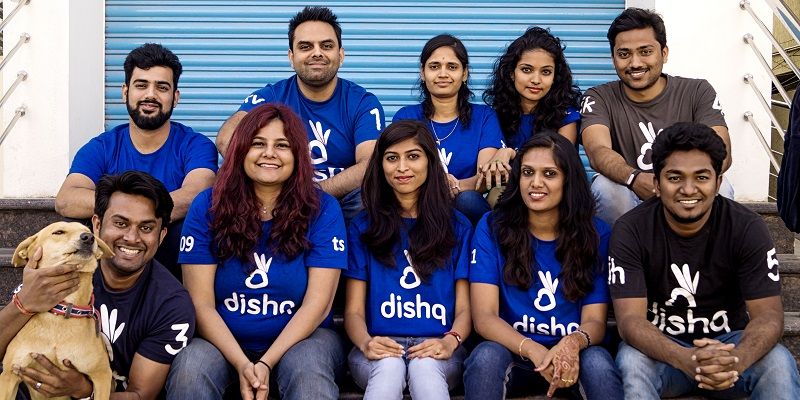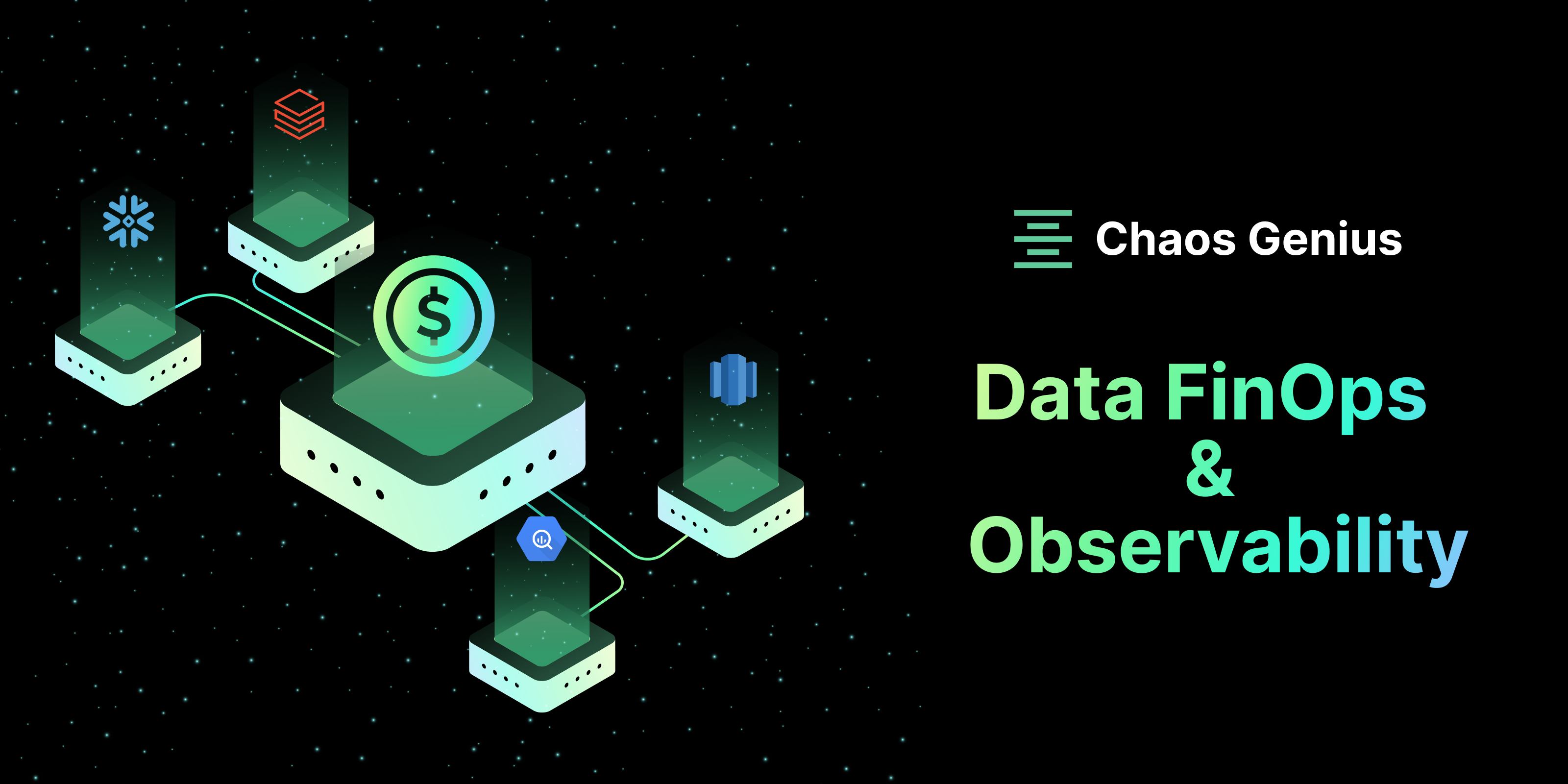What do I eat? Ex-execs of Just Eat and Zomato help you answer the eternal question
Business-to-business AI-based foodtech startup dishq uses machine learning and food science to help the online food industry understand food preferences and choices of customers.
If humans thought they made the decisions, they could not be more wrong.
Today, from e-commerce to online content, companies are employing artificial intelligence to understand, and predict, user behaviour — what they like and what they don’t, and what they might pick next.
It is, therefore, is no surprise that foodtech too is using AI to understand food preferences and choices. One such startup is dishq — a food AI company that uses machine learning models and food science to provide personalisation technology as a service to the online food industry.
More than review and ratings
Co-founder and CEO of dishq, Kishan Vasani, explains,
“There aren’t many companies that use deep data intelligence to help their users make a very personal decision. By using our application programme interfaces (APIs) for smart recommendations, our clients can increase the number of their customers and improve retention, thereby increasing their revenue.”
Kishan (35) worked with the Just Eat Group in London, where he stumbled upon several opportunities that interested him, such as white label apps for restaurants. What intrigued him the most was the realisation that his dining experience at a restaurant didn’t always match its ratings and reviews.
One of Kishan’s favourite dishes is served by a restaurant in Bengaluru that has a restaurant rating of 3.1. Conversely, he has been to several highly rated restaurants (4.0+) where he found the food to be average at best.
Initially, Kishan thought of dish ratings as a good way to solve the problem. He soon realised taste is personal. “Even dish ratings and reviews don’t make sense unless they are made by someone who has similar taste as the reader,” he explains.

Finding the sweet spot
Kishan had toyed with the idea of using AI to help people discover food choices and preferences. However, it wasn’t until 2015 that Kishan decided to start something of his own. By that time, he had left Just Eat and started to work at a London fintech startup called Osper, which changed his career path.
“At Osper, I was working closely with the Founder and CEO, Alick Varma. Seeing him build his dream business with such passion and drive, essentially drove me to leave and start my own venture,” says Kishan.
While looking for a technical partner, he came across Sai Sreenivas Kodur on LinkedIn, who had earlier worked with Zomato and Myntra. The foodtech experience was an added bonus for Kishan.
Though it is now a B2B company, dishq was started as a B2C mobile app. “A B2C approach initially made sense to us, partly because both Sai and I had worked for B2C companies, but also because we wanted to control the end-to-end personalisation experience,” explains Kishan.
They wanted to shift food ordering away from ratings and reviews, to a more visual and emotionally driven decision. Kishan adds that they spent a lot of effort on the personalisation algorithm and UX (user interface), and were happy with the end product — an Android app covering Bengaluru’s restaurants.
The problem of retention
“While we didn’t have any problem acquiring users, keeping them was much harder. Users liked the discovery experience except for one thing — they wanted to be able order food directly within the app,” says Kishan.
Thus, the team had two choices: either partner directly with restaurants or ask the big players to let dishq integrate their ordering APIs.
They couldn’t go for the first option as they didn’t want to be just another food ordering platform with a sales team that had to convince restaurants that they would deliver value. “We talked to Zomato, Swiggy and UberEats about an integration. While they were open to the idea, none could give us immediate access to their APIs,” adds Kishan.
Pivoting to B2B
The team was forced to rethink its approach. Kishan adds that even if the big players had given them immediate access to their APIs, they would have been at their mercy and, more importantly, there was no easy path to revenue.
That’s when dishq decided to go for a B2B approach. In the beginning of this year, the team at dishq began realigning its resources and core technology to make it available to other businesses as an API. By May 2017, dishq had launched the APIs with its first pilot customer.
The workings
dishq builds taste models in order to personalise food choices. It claims to have a comprehensive data around recipes with more than 120 cuisines around the world represented. This serves as a knowledge repository to build algorithms that can understand the taste of a human who is a food expert.
Kishan adds that they use food science research combined with machine learning to understand the taste preferences of users.
AI and food
Food businesses can implement dishq APIs in a way that is most beneficial to them. It can solve their strategic pain points, such as poor retention. Integration is a two-way process: Food businesses first need to share their catalogue (menus) and anonymised transaction data (without revealing user information). Then the team at dishq runs computations to build taste models for every user, and recommendations can be accessed from the API. The entire integration process can be done within 24 hours.
According to an Analytics India Report, the market for AI is slated to touch $5.05 billion by 2020. It also stated that close to 77 percent of millennials in the US and the UK would like to use AI to get help in cooking and planning healthy meals. The report also said that cost of implementing AI-based solutions is dropping fast.
RND64, based out of the US, has already developed an AI-powered home cooking bot — Hello Egg. The assistant can be controlled through voice and uses AI to address kitchen needs. While food delivery apps and platforms are going through funding ups and downs, the recommendation engines and platforms are still growing.
Today, there are platforms such as the India Quotient backed Ketchupp and the Pune-based Quinto that focus on recommendations. These, however, are B2C companies. There is also Tapzo which works as a super-aggregator.
Funding and future
In January, dishq raised $37,000 from a UK-based HNI in its first round of funding. Later in July this year, the company was accepted into the Zeroth.ai accelerator programme, based in Hong Kong. Zeroth focusses on artificial intelligence and machine learning startups. As a part of its programme, dishq secured $120,000 as funds.
dishq’s technology is available through APIs and access to it is charged on the basis of usage. Kishan explains that, for now, it is designed specifically for online food ordering platforms and cloud kitchens. Speaking of future plans, he says that the company will extend its personalisation APIs to table booking platforms, by the end of this year.
“Next year, we’ll launch it for online grocery businesses. In addition to offering our product to these three types of online food platforms, we’ll be launching a suite of products that will further improve user experience, provide more insights around user’s food preferences, and drive incremental revenue. The first of these is a natural language search API — the diners will be able to discover food in more meaningful ways, eg, “I’m in the mood for something spicy” or “don’t show me fried dishes,” explains Kishan.







